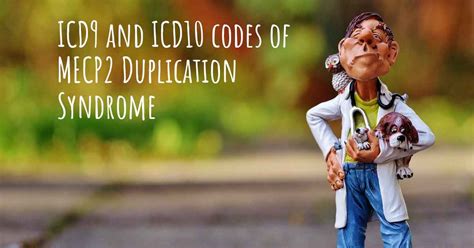In the world of software development, the DRY principle — ‘Don’t Repeat Yourself’ — is often touted as one of the cornerstones of clean code. The idea is simple: avoid code duplication to make maintenance easier and the codebase more manageable. However, like most best practices, it isn’t immune to misuse when applied too rigidly. Premature abstraction, driven by an overzealous adherence to DRY, can lead to code that is hard to understand, inflexible, and difficult to refactor. So, is it possible that DRY can sometimes be an enemy rather than an ally? Absolutely, and here’s why.
One of the main criticisms against premature DRY is that it often merges functionalities that may seem related at first but turn out to require independent evolution paths. For instance, consider a situation where you have functions to set deadlines for tasks and payments, both initially sharing the same validation logic to ensure the deadlines lie in the future. At face value, it seems logical to abstract this shared logic. However, as some developers have pointed out, what if in the future, the requirements for task deadlines change while payment deadlines remain constant? Separating them later can become a nightmare. This exemplifies a scenario where premature abstraction can turn manageable code into a tangled web of dependencies.
Commenters from the programming community invariably highlight the pains of maintaining overly DRY code. EugeneOZ remarks on the tendency of programmers to write articles justifying ‘laziness,’ but perhaps it’s not laziness — it’s pragmatism born of experience. Being ‘too DRY’ can lead to an overly intricate codebase where every minor future requirement change necessitates a refactor across numerous tightly coupled abstractions. As famed computer scientist Donald Knuth warned, ‘premature optimization is the root of all evil,’ and this applies to premature DRY as well.
It’s important to distinguish between appropriate and overzealous abstraction. Developers like znkr argue that consolidating code should only be done when it truly reduces maintenance burden. Blindly following DRY leads to maintaining complex abstractions that can overcomplicate what was once straightforward code. As noted by users in such discussions, newer developers often fall into this trap, attempting to be ‘clever’ with early abstractions without the perspective that comes from experience. Experienced developers understand that code should evolve naturally and that premature optimization, including abstraction, is a slippery slope.
A practical rule is to follow the ‘Rule of Three’: only abstract code when it’s repeated three times. This is a nuanced rule of thumb suggesting that one or two duplications aren’t enough to definitively identify an emerging pattern, but three instances make the commonality clear, justifying the creation of a shared function or module. However, it’s crucial that even this rule is applied with consideration of context and potential future evolution. All abstractions should be clear, meaningful, and ideally driven by business needs, as suggested by developers who have suffered the consequences of premature abstraction.
An antidote to premature DRY is WET — ‘Write Everything Twice.’ The principle behind WET is to allow some degree of code duplication initially. This approach keeps the code simple and direct, enabling easy identification and separation of true patterns from coincidental similarities. As developers become more experienced, they learn to balance the scales between DRY and WET, understanding that code maintainability and clarity often trump adhering strictly to one principle. The goal should be to produce code that is naturally iterative, revisiting and refining it as clearer patterns and true commonalities emerge.
Moreover, readability and maintainability should always come first. When code is made too DRY, it can quickly become an opaque maze of interdependencies. The principle of ‘Do not Repeat Yourself’ should not be mistaken for ‘Do not Repeat Anything,’ as some level of repetition can make the code more understandable. DRY should serve to make the codebase easier to manage and extend, but not at the cost of readability and clarity. As noted by programming experts, refactoring should be driven by demonstrated need rather than hypothetical future use cases.
So, what’s the ideal approach? Treat DRY as a guideline, not an orthodoxy. Code should evolve to DRY state iteratively and incrementally. During the initial development stages, focus on shipping working, comprehensible code, and only refactor for DRY when the redundancy becomes evident and unmanageable. This way, developers can achieve a balanced approach to coding — steering clear of both the pitfalls of premature optimization and the chaos of unmanaged duplication.


Leave a Reply